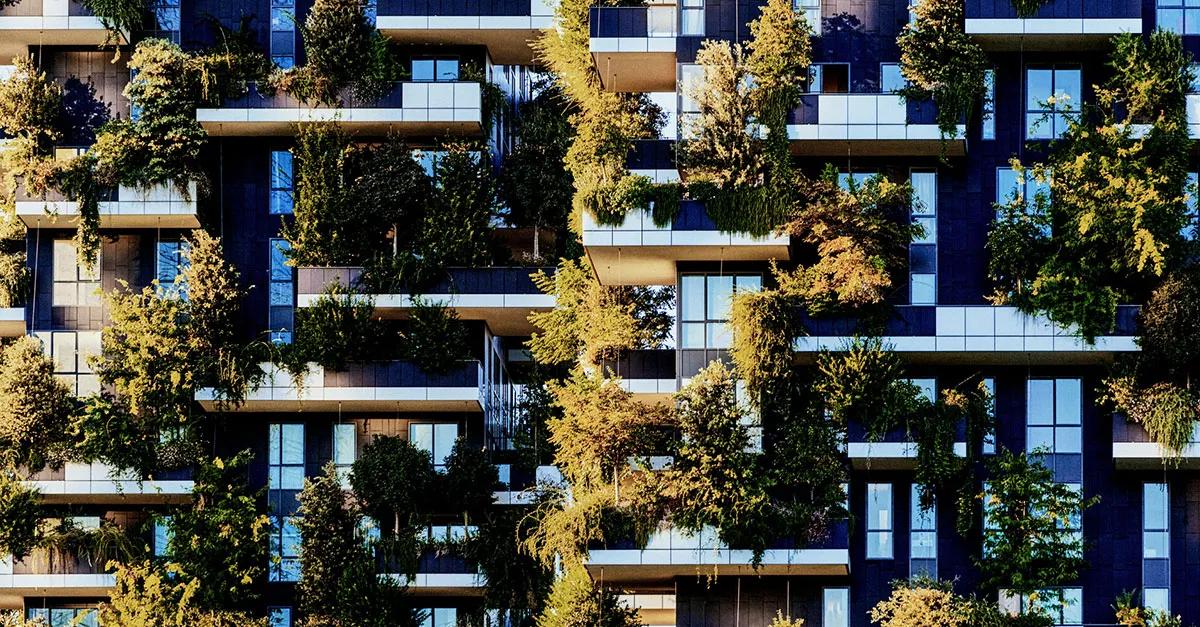
How sustainability is changing the real estate sector
16 November 2021
Reading time: 3 min
There are few topics that impact the real estate sector as much as sustainability. And this is no surprise: According to the German Environment Agency, buildings in Germany account for around 35 percent of the country's total energy consumption and 30 percent of its CO2 emissions. It is therefore particularly worthwhile to make adjustments in this sector in order to protect the environment more effectively.
Green real estate
But what actually makes a property sustainable? From an ecological point of view, the resources required for the construction and operation of a property should be utilised efficiently and conserved as far as possible. This may involve ensuring low energy and water consumption or favouring the use of renewable energies. The materials used for construction and the resulting waste or recycling rate also play an important role.
However, a comprehensive view of sustainability also includes socio-cultural and economic issues. Socio-cultural factors of urban neighbourhoods include accessibility of infrastructure, the variety of leisure, educational and supply facilities available, as well as a mixed age and social structure. The important economic aspects of a property may include value development, rent increases or technical factors such as efficient use of space or flexibility of use.[2]
To ensure compliance with these sustainability criteria, various certification systems have been introduced. Known and internationally recognised certificates include the American LEED certificate (Leadership in Energy and Environmental Design) or the certification system of the German Sustainable Building Council (DGNB). Although the certifications differ in terms of the methodology and the weighting of individual factors, they all share the common goal of making sustainable construction measurable, transparent, and comparable.
Cooperation for greater sustainability
One example of a successful, sustainably certified property is Kontorhaus in Munich. It was completed in 2015 by CA Immo, a long-standing ING customer, and added to its portfolio. The modern office building has an area of around 25,000 m² and was awarded the "Gold" certification by DGNB for its sustainable features. For example, groundwater is used for room temperature control, and mechanical ventilation with heat recovery ensures that less energy is required. Thanks to its central location near Munich's main train station, the Kontorhaus is also well connected to the transport network. The main long-term tenant is currently international technology company Google.
Projects such as Kontorhaus often require close cooperation between banks and real estate companies. For example, ING has provided CA Immo with a long-term loan of €85 million for the investment funding of Kontorhaus. CA Immo's energy-efficient and sustainable office development has been well-suited to ING's strategy of supporting customers in funding sustainable business models and accompanying them on the way to a sustainable future.
[1] https://www.umweltbundesamt.de/themen/klima-energie/energiesparen/energiesparende-gebaeude#eigentuemer
[2] Opens in a new tabOpens a pdfhttps://www.zia-deutschland.de/fileadmin/Redaktion/Positionen/PDF/ZIA-Nachhaltigkeitsleitfaden.pdf